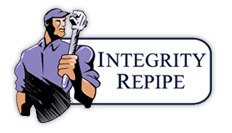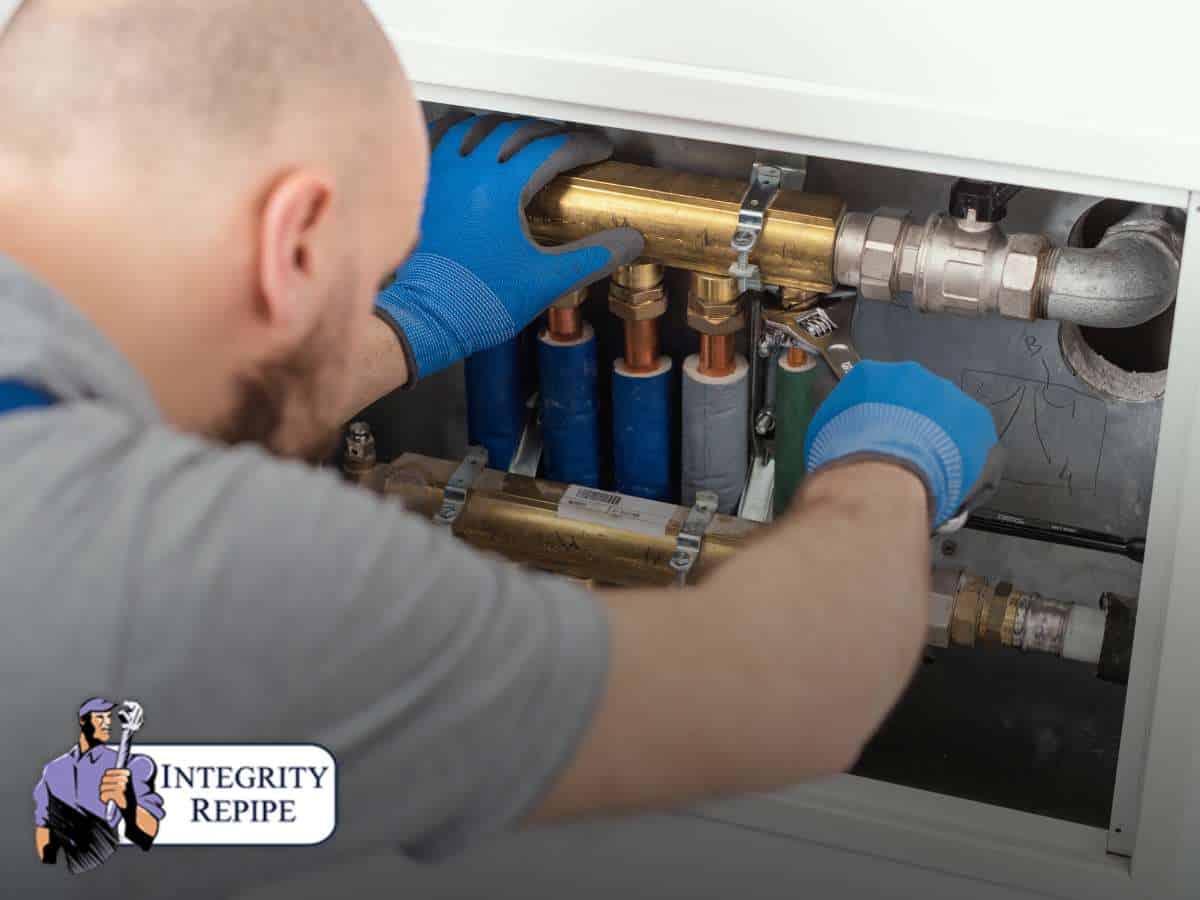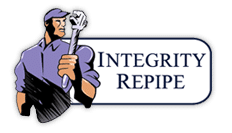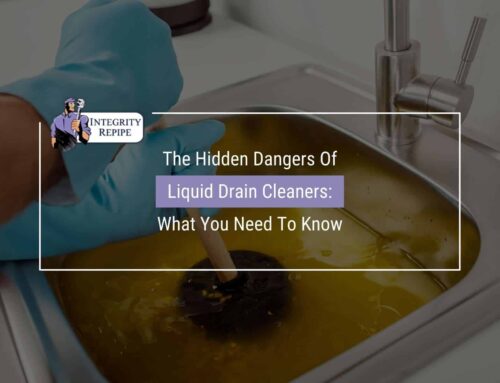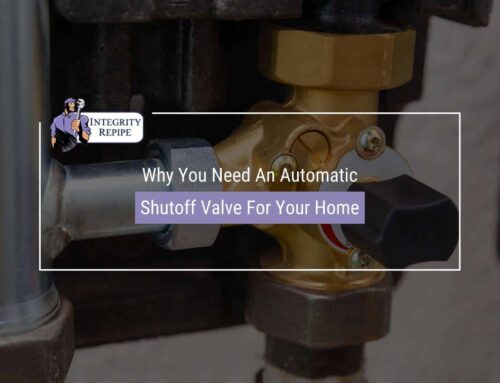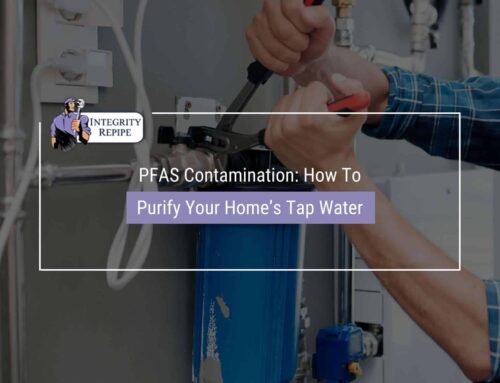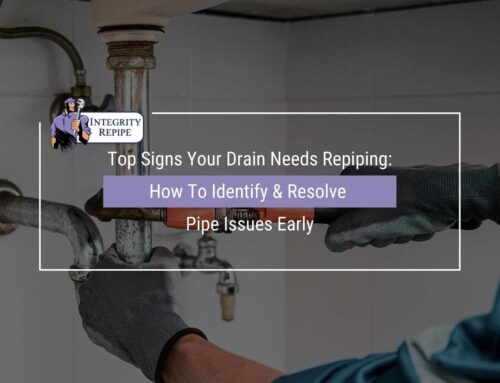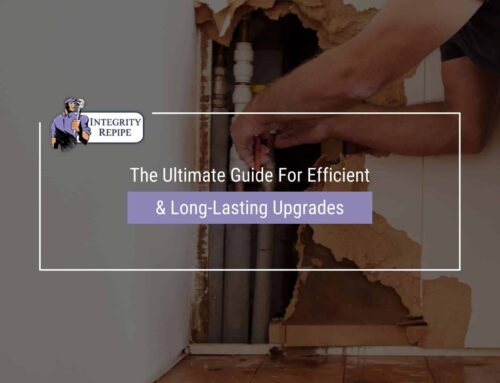Improve Water Quality By Eliminating Contaminants With Expert Plumbing Solutions
Your home’s plumbing system is crucial for delivering clean, safe water throughout your home. However, with aging plumbing, there are potential risks of contamination that can affect both your water supply and your family’s health. In this article, we’ll explore common contaminants found in older plumbing systems, the risks they pose, and how repiping your home can solve these issues.
The Hidden Risks Of Old Plumbing
While you may not see the condition of your plumbing every day, the pipes running through your home are vital to maintaining your water’s cleanliness and safety. Over time, plumbing materials that were once durable begin to degrade, leading to hidden risks that can significantly impact your home and health. Aging plumbing systems are susceptible to several issues, including:
- Leaks: As pipes weaken over time, cracks may form, causing leaks that often go unnoticed. These leaks not only waste water but can also cause water damage to your home’s structure, leading to costly repairs and potential mold growth.
- Corrosion: Metal pipes, especially those made of galvanized steel, are prone to corrosion as they age. Corrosion reduces water flow and can introduce rust, harmful metals, or other contaminants into your water supply, affecting both its quality and taste.
- Contamination: The deterioration of old pipes can lead to contamination of your water supply with harmful substances like lead, rust, or bacteria. Exposure to these contaminants can cause serious health problems, particularly for young children and elderly individuals.
The risks posed by old pipes can lead to serious health problems and costly repairs if left unaddressed.
Main Contaminants In Old Plumbing Systems
Having the right information can make a difference in your quality of life. Read to learn more:
Rust & Corrosion: A Recipe For Contamination
One of the most common contaminants in aging plumbing systems is rust. If your home still has galvanized steel pipes, the protective zinc coating on the inside of the pipes can wear down over time.
This leads to rust formation, which can break loose and travel through the water supply. Rust can affect both the taste and quality of your water, making it undrinkable and potentially harmful. If you notice any of the following, rust could be the culprit:
- Unpleasant taste: A metallic or bitter taste is a clear sign that rust might be present.
- Discolored water: Rust often gives water a brownish or reddish hue.
- Metallic odor: A strong, metallic smell is another indicator of rust contamination.
In addition to these aesthetic issues, rust can cause pipe breaks and leaks. If left untreated, these issues will only worsen, increasing the risk of further contamination.
Harmful Materials: Lead & Cadmium In Old Pipes
Lead and cadmium are two dangerous materials commonly found in old plumbing systems. Many homes built before the 1980s may still have lead pipes or lead-based solder in their plumbing. Lead is a potent neurotoxin that can cause serious health problems, especially in young children. Even low levels of lead exposure can lead to:
- Developmental delays.
- Brain damage.
- Behavioral issues.
If your home contains lead pipes, it is critical to replace them as soon as possible. Not only is this a necessary step for the health and safety of your family. Repipe repair is the most effective way to eliminate these dangerous materials from your home’s plumbing system!
Polybutylene: A Plumbing Disaster Waiting To Happen
Polybutylene, a type of plastic piping used in homes between the 1970s and 1990s, is another significant concern in older plumbing systems. While it was once marketed as a revolutionary material, polybutylene has since been found to be prone to cracking and leaking.
These pipes become brittle over time, especially when exposed to chlorine in municipal water supplies. This makes them highly susceptible to rupturing, which can:
- Lead to serious leaks and water damage
- Expose your home to contaminants from broken pipes
If your home has polybutylene pipes, it’s crucial to replace them. Repiping repair not only eliminates the risk of water damage but also ensures your water supply is no longer exposed to harmful materials.
Bacteria & Mold: Health Risks Lurking In Your Pipes
Old, corroded pipes are also breeding grounds for bacteria and mold. When pipes crack or corrode, they allow stagnant water to collect, providing an ideal environment for harmful bacteria to grow. Some of the most common bacteria found in contaminated water include E. coli and other pathogens that can cause:
- Gastrointestinal issues.
- Infections.
- Serious illnesses.
Mold is another risk in aging plumbing systems. Consistent moisture in pipes can lead to mold development, which can then spread to your water supply. Ingesting mold spores can cause respiratory issues, allergic reactions, and more serious health problems.
Regular repiping can help prevent bacteria and mold from contaminating your water system, keeping your family safe from these invisible dangers.
High Water Bills: A Hidden Sign Of Plumbing Issues
If you’ve noticed an increase in your water bills, it could be due to hidden plumbing issues. Cracks, leaks, and corrosion in older pipes often go unnoticed, but they can lead to significant water wastage. When pipes are damaged, they can allow water to escape, causing your water meter to run continuously, even when you’re not using water.
Here’s how repiping can help:
- Leak prevention: New pipes eliminate the risk of undetected leaks.
- Cost savings: Repiping will reduce water wastage, saving you money on your bills.
Ignoring these hidden plumbing issues will only increase your costs and exposure to contaminants. A repiping plumber can address both problems at once, ensuring your home is safe and your water bills are under control.
How To Fix Plumbing Contamination Issues
If your home has aging plumbing, addressing the risks of contamination is crucial. A well-planned and professional approach to repiping can prevent potential health hazards and improve the efficiency of your plumbing system. Here are the key steps to follow when dealing with plumbing contamination issues in your home.
Step 1: Schedule An Inspection With a Qualified Plumber
The first and most important step in fixing plumbing contamination issues is to have a qualified plumber conduct a thorough inspection of your pipes. A professional plumber will assess the condition of your plumbing system to identify any signs of corrosion, leaks, or contamination.
The plumber will also check the materials used in your pipes (whether it’s lead, galvanized steel, or polybutylene) and evaluate the overall integrity of your plumbing system.
Step 2: Determine Whether Repiping Is Necessary
Once the inspection is complete, the plumber will provide you with a detailed report of their findings and advise whether repiping is necessary. In many cases, older homes with outdated plumbing systems will need a full repiping to eliminate the risks of contamination.
Modern materials like PEX (cross-linked polyethylene) or copper are highly durable and resistant to corrosion, making them ideal replacements for older pipes.
Step 3: Choose The Right Materials For Repiping
Once you’ve decided to go ahead with a repiping project, it’s time to choose the materials that will replace your old pipes. The most common options are:
- PEX Pipes: PEX is a flexible plastic piping material that is easy to install, resistant to corrosion, and long-lasting. It is a popular choice for repiping because of its flexibility and cost-effectiveness.
- Copper Pipes: Copper is a highly durable material that has been used in plumbing systems for decades. It’s resistant to bacteria growth and can withstand high water pressure, making it a great choice for repiping projects.
Step 4: Plan The Repiping Process
A repiping project is a significant undertaking, but with proper planning, it can be done efficiently. Work with your repiping company to create a timeline for the process, including any necessary preparations.
This may involve temporary water shut-offs, clearing areas around existing pipes, and ensuring that the work area is safe.
Step 5: Repipe Your Home With Modern Materials
Once the planning is complete, your plumber will begin the repiping process. This typically involves replacing the old pipes with new, modern materials like PEX or copper. The new pipes will be installed throughout your home’s plumbing system, ensuring that your water supply is free from contaminants.
The plumber will also test the new system to ensure there are no leaks and that water flows smoothly throughout the house.
Step 6: Enjoy Clean, Safe Water
After the repiping project is complete, you’ll enjoy the benefits of a modern plumbing system. Your water will no longer be exposed to harmful materials, and you’ll experience better water pressure and quality.
You’ll also save money in the long run by avoiding costly repairs and eliminating the risk of water damage caused by leaks.
The Benefits Of Repiping Your Home
Repiping your home offers numerous benefits beyond simply eliminating contaminants. Some of the advantages include:
- Increased water pressure: Replacing old, clogged pipes with newer, more efficient ones can improve your home’s water pressure, giving you better flow in showers, sinks, and appliances.
- Better water quality: New pipes ensure that your water is free from contaminants like rust, lead, and bacteria, improving its taste and safety.
- Reduced water bills: Addressing leaks and inefficiencies in your plumbing system can lower your water consumption and save you money in the long run.
- Enhanced home value: A newly repiped home is more attractive to potential buyers, as they won’t have to worry about expensive plumbing repairs down the line.
Conclusion
Contamination from old plumbing systems is a serious concern that every homeowner should address. Whether your home has rusted pipes, harmful materials like lead, or outdated plumbing like polybutylene, the risks are too great to ignore. The California repipe team can help you with the most effective solution—repiping—to ensure your water supply remains clean, safe, and free from contaminants.
In California repipe projects, Integrity Repipe specializes in replacing old, corroded pipes with high-quality, durable materials that ensure clean, safe water for your household. Contact us!
Published by – Integrity Repipe, Inc
Email: [email protected]
Website: www.integrityrepipe.com
Mission Viejo, CA
27281 Las Ramblas, Suite 200
Mission Viejo, CA 92691
Phone: 877-473-7473
San Clemente, CA
927 Calle Negocio Suite O
San Clemente, CA 92673
Phone: 949-397-2404
Long Beach, CA
2201 N Lakewood Blvd, Ste D #297
Long Beach, CA 90815
Phone: 562-362-5040
Chula Vista, CA
591 Telegraph Canyon Road
Chula Vista, CA 91910
Phone: 619-313-5744
Ladera Ranch, CA
27762 Antonio Parkway L1
Ladera Ranch, CA 92694
Phone: 949-397-2795
Lakeside, CA
8337 Winter Gardens Boulevard
Lakeside, CA 92040
Phone: 619-494-3507
Aliso Viejo, CA
27068 La Paz Rd #771
Aliso Viejo, CA 92656
Phone: 949-449-1142
Oceanside, CA
1759 Oceanside Blvd C,
Oceanside, CA 92054
Phone: 442-300-3057
Porter Ranch, CA
19360 Rinaldi
Porter Ranch, CA 91326
Phone: 818-630-9265
